Family war | |
| An ancestor of the TB germ may help fight the drug resistant form of the disease, reports T.V. Jayan | |
Indian scientists who are fighting a frustratingly tough war with a rogue microbe that causes tuberculosis (TB) is all set to draft in a new ally — a microorganism from which the TB germ emerged millions of years ago. Mycobacterium indicus pranii (Mip), discovered and sequenced solely in the country, could be the new weapon in humanity's fight against TB strains that are resistant to existing anti-TB drugs, if a team of Indian medical scientists can repeat in human trials what they have achieved in animal studies. Drug resistant TB is a serious public health problem in India where nearly 1,000 people die of it every day. Out of 2 million new cases that emerge every year, a sizeable number fail to respond to the drugs conventionally used to treat TB. Whta is surprising is that this attempt to test Mip's effectiveness in fighting TB strains that do not respond to standard treatment is being made nearly two decades after this possibility was first hinted at. Gurusaran Pran Talwar, former director of the National Institute of Immunology (NII) in New Delhi, discovered the microbe from the sputum of a TB patient in the 1970s. His preliminary research had shown that the microorganism elicits an immunoresponse in drug-resistant TB as early as 1992. The germ, then codenamed M.w, was later renamed mycobacterium indicus pranii, in 2007 by a consortium of Indian scientists. While indicus indicates its Indian origin, pranii stands for Pran + NII. The current study was conducted by a team of researchers at the Agra-based National JALMA Institute for Leprosy and Mycobacterial Diseases, a constituent lab of the Indian Council of Medical Research (ICMR). The team, which includes the present ICMR chief Vishwa Mohan Katoch, found that if prescription anti-TB drugs were administered simultaneously with an injection containing killed Mip strains, lab-bred mice suffering from TB respond remarkably well. The scientists reported the findings in the latest issue of the Indian Journal of Medical Research. "We found a drastic reduction in the infection when the animals were given standard anti-TB drugs in combination with the Mip injection," says Umesh Gupta, who led the study. "This is wonderful news, but not entirely unexpected," says Seyed Ehtesham Hasain, professor of biological sciences at the Indian Institute of Technology, Delhi. It was Hasnain who spearheaded the initiative to map the Mip genome in 2007, when he was with NII. According to Hasnain, Mip has been a big success story for Indian science. Just like chimpanzees and humans share a common ancestry, Mip belongs to a family of bacterium of which the germs that cause TB and leprosy are also members. The genetic mapping study showed Mip has been around for millions of years. The current disease-causing germs have emerged from this ancestor a long time ago. Mip, which is double the size of the TB bacteria, currently survives in soil and water. "Mip has most genetic material that TB or leprosy bacteria possess, but still does not cause an infection," says Hasnain. So, if one is exposed to Mip, his or her body can produce antibodies that would be of great help in the fight against TB. Talwar, a biochemist, realised this early. In the 1980s and the 1990s, he established Mip's effectiveness in treating leprosy. The technology, subsequently acquired by the Gujarat-based Cadila Pharmaceuticals Limited in 1998, is already helping cut leprosy cure time by several months. Mip is being tried out in normal cases of TB too. A large-scale clinical trial to assess the immunotherapeutic efficacy in treating normal cases of TB, involving seven medical institutions, including the All India Institute of Medical Sciences, New Delhi, was recently concluded. The findings are expected soon. "I will not be surprised if Mip emerges as a great ally in our fight against TB as it has already been in the case of leprosy," Hasnain told KnowHow. It is not still clear how the Agra scientists plan to take their studies forward. "My job is over as I am an animal man," says Gupta, who specialises in animal studies. He thinks it would be remarkable if others can take this work to its logical conclusion and make dreaded forms of disease-causing strains to respond to standard anti-TB treatments, which are time-tested and cheap. Will MIP give us a home-brewed cure for severe forms of TB? We could probably have an answer soon. |
Current Real News
7 years ago




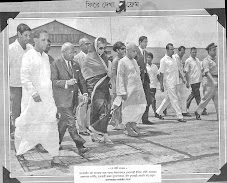



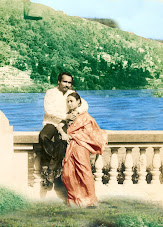






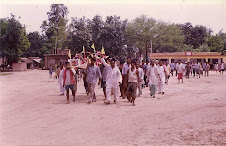

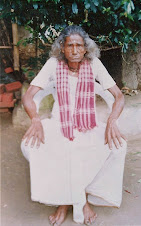
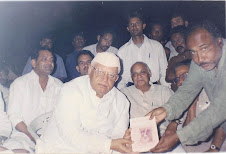




No comments:
Post a Comment